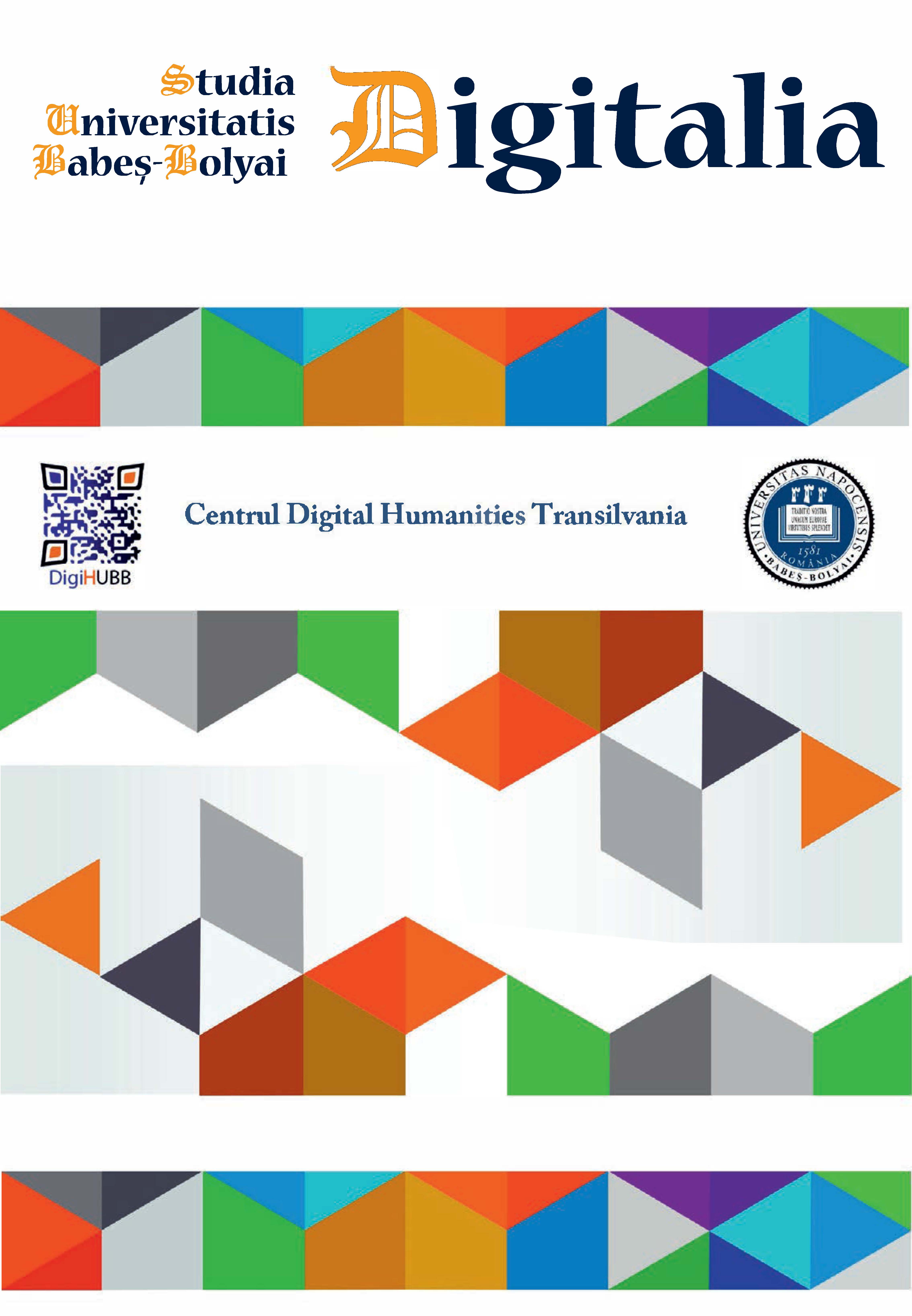COMPUTER ORIENTED HIGHER EDUCATION IN HUNGARY – THE BEGINNINGS
COMPUTER ORIENTED HIGHER EDUCATION IN HUNGARY – THE BEGINNINGS
Author(s): Edit Sántáné-TóthSubject(s): Social Sciences, Language and Literature Studies, Economy, Literary Texts, Fine Arts / Performing Arts, Geography, Regional studies, Library and Information Science, Maps / Cartography, Information Architecture, Electronic information storage and retrieval, Applied Linguistics, Communication studies, Philology, ICT Information and Communications Technologies
Published by: Studia Universitatis Babes-Bolyai
Keywords: History of informatics; M3; computer oriented education; John von Neumann Computer Society; history of computing in Hungary.
Summary/Abstract: The history of computer-oriented higher education in Hungary started in 1957, when Prof. László Kalmár started the education of “applied mathematicians” at the University of Szeged. (The author graduated in the second year of this course, later called the “Szeged School.”) This paper starts with the computing experience around M-3, the first computer made in Hungary, and the use of this experience for educational purposes. It then continues with the initiatives of the University of Szeged, and, after surveying some basic and higher-degree courses, goes on to the institutions of higher learning offering education in computer studies, all the way to the programmer and program developer mathematician courses started in 1972 at three science-universities. However, the institutions of technical education will not be discussed in such detail; although teaching applied computing skills necessary for the technical field had begun quite early, the teaching of professional IT specialists was started only around 1990. The paper contains a table listing the first elective and founding subjects and the first specializations and independent training programmes offered by each university and college. Finally there is a short overview of the connections between contemporary professors and a list of the first conferences organized for IT teachers in Hungary.The IT History Forum (iTF) within the John von Neumann Computer Society (NJSZT) was founded at the beginning of 2009. At one of its events, it occurred to the author that information about the beginnings should be gathered while the persons in question are still alive. The study took 3 years to prepare and is the product of a large-scale collaboration: a total of 130 contemporary and present day teachers, researchers, and librarians participated in the work. Typotex published the material in the form of a book in 2012 . This study, which provides insight into the everyday lives of 30 institutions, is the source for this paper. (The book includes a name-index containing 300 entries and a list of almost 500 definitive contemporary articles, textbooks and technical books published until 1980.) – The paper is concluded with a brief presentation of the digitalised “Data Archive” (see the iTF website: http://itf2.njszt.hu) that serves to preserve the history of computing in Hungary.
Journal: Studia Universitatis Babeș-Bolyai - Digitalia
- Issue Year: 62/2017
- Issue No: 2
- Page Range: 35-62
- Page Count: 28
- Language: English

